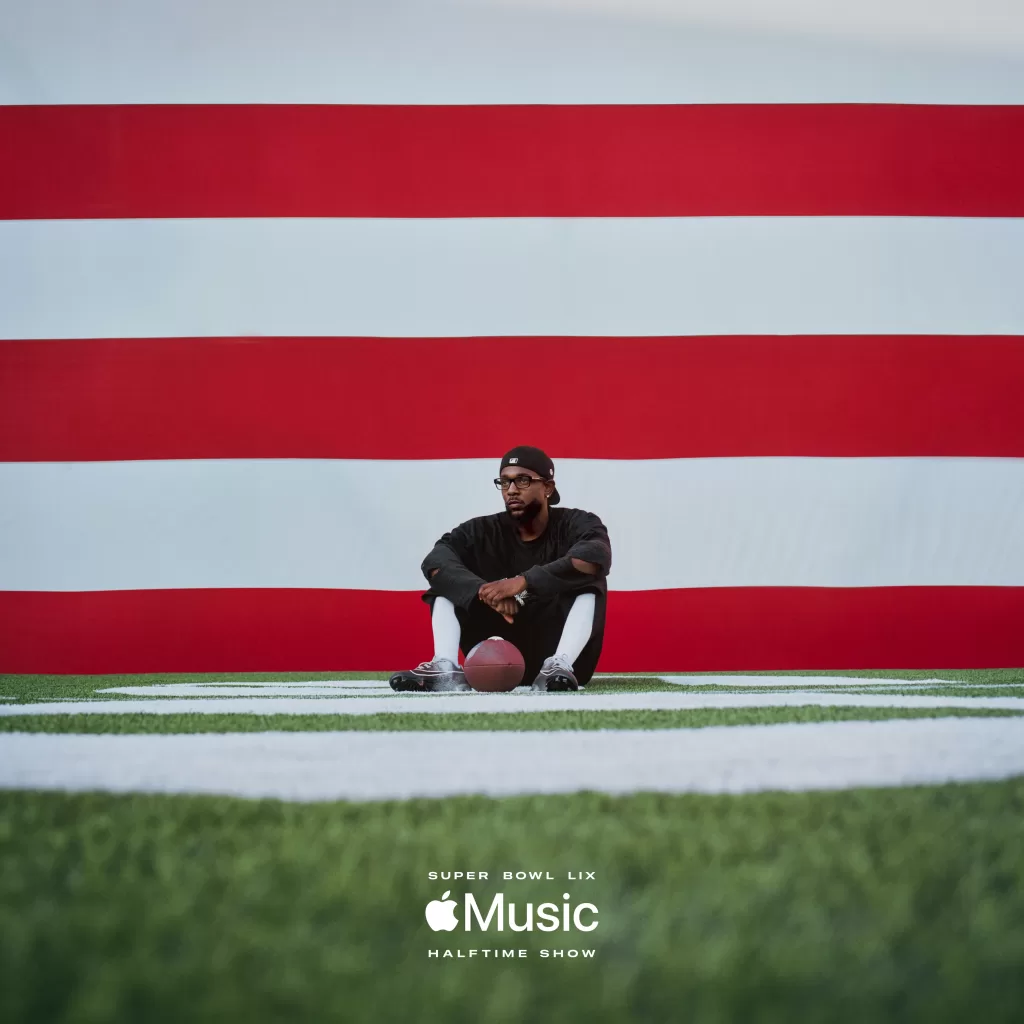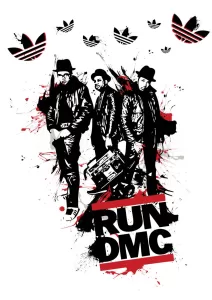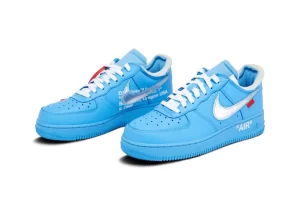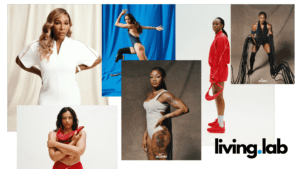Kendrick’s Super Bowl Halftime Show: A Masterclass in Sports Marketing
Kendrick Lamar's Halftime Show: Deploying culture in Sports Marketing
The Super Bowl Halftime Show: A Masterclass in Sports Marketing
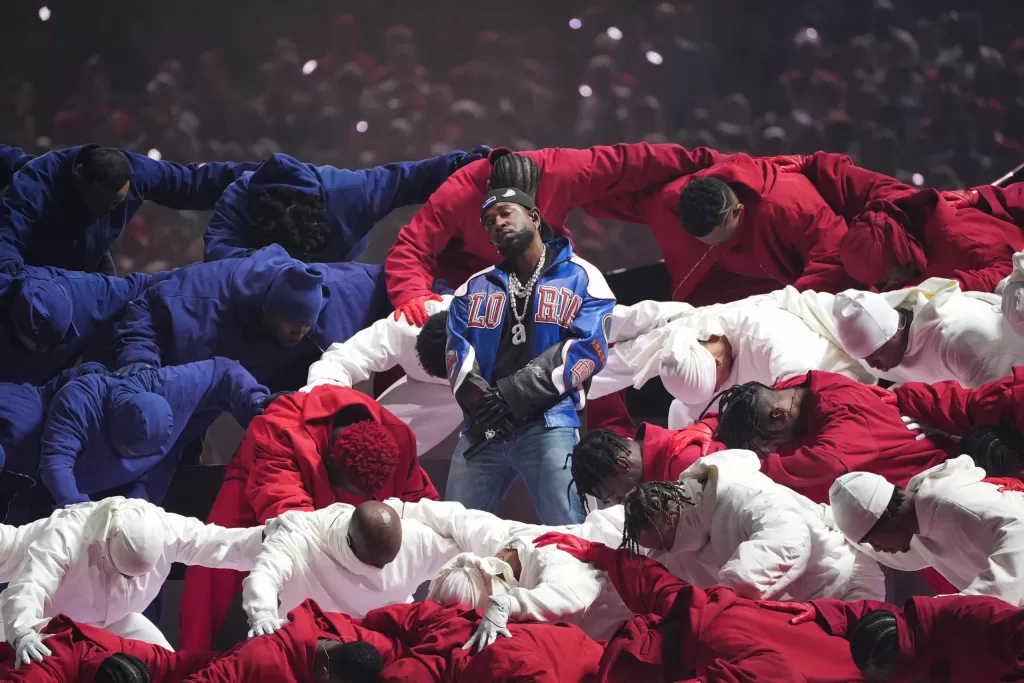
The attention economy a Sports Marketing Blueprint
Pulitzer Prize-winning Kendrick Lamar took centre stage at the 2025 Apple Music Super Bowl Halftime Show, delivering a performance that was equal parts cultural statement and sports marketing strategy. From diss tracks to layered symbolism, Lamar’s set underscored the intersection of sports, entertainment, and commerce, reinforcing the NFL’s push toward younger, digitally engaged audiences.
I’ve been fascinated by the crossover between culture and sports marketing since my first NBA assignment, when Beyoncé swung into a ticker-tape-filled arena on a glitter ball to sing “Crazy in Love.” The Super Bowl Halftime Show is the pinnacle of this fusion, a mirror of US culture, corporate power, and generational shifts. From Janet Jackson’s “wardrobe malfunction” to the Dr. Dre, Snoop Dogg, Eminem-led hip-hop takeover, halftime has never been just about the music—it’s a reflection of the moment in time.
Kendrick Lamar’s Super Bowl as Cultural Reckoning
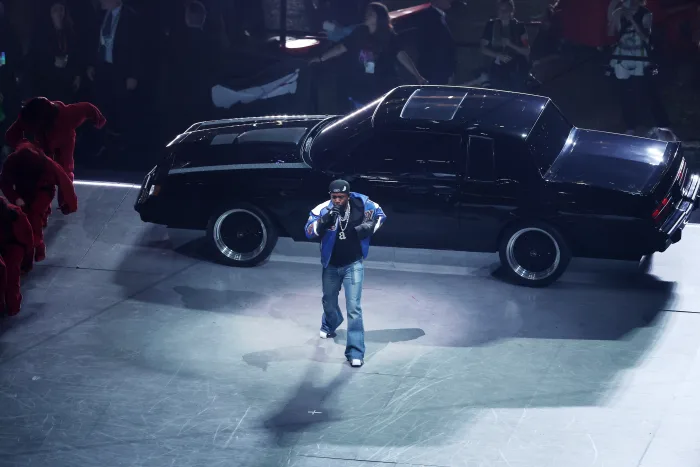
Lamar wasn’t the expected choice. There were calls for New Orleans native Lil Wayne, a hometown hero whose flamboyance might have been a more obvious fit for the setting. Others questioned whether Lamar’s intricate, often politically charged lyricism could connect with a crowd conditioned for singalongs and stadium anthems. Even among his own fanbase, there was unease—would stepping onto the NFL’s biggest corporate stage dilute his message?
Americana aesthetic gone Gotham
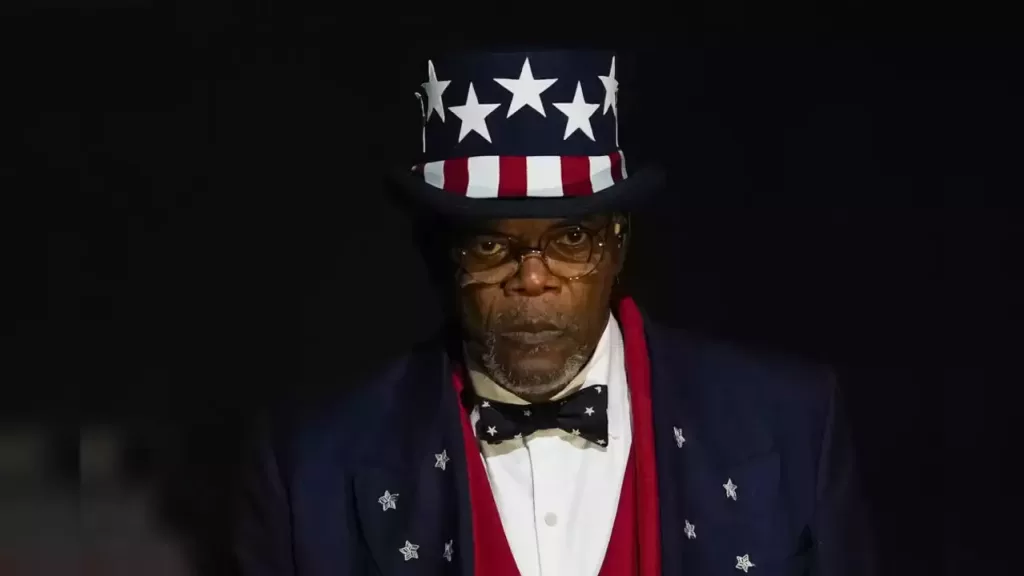
"
Too loud, too reckless, too ghetto. Mr. Lamar, do you really know how to play the game?”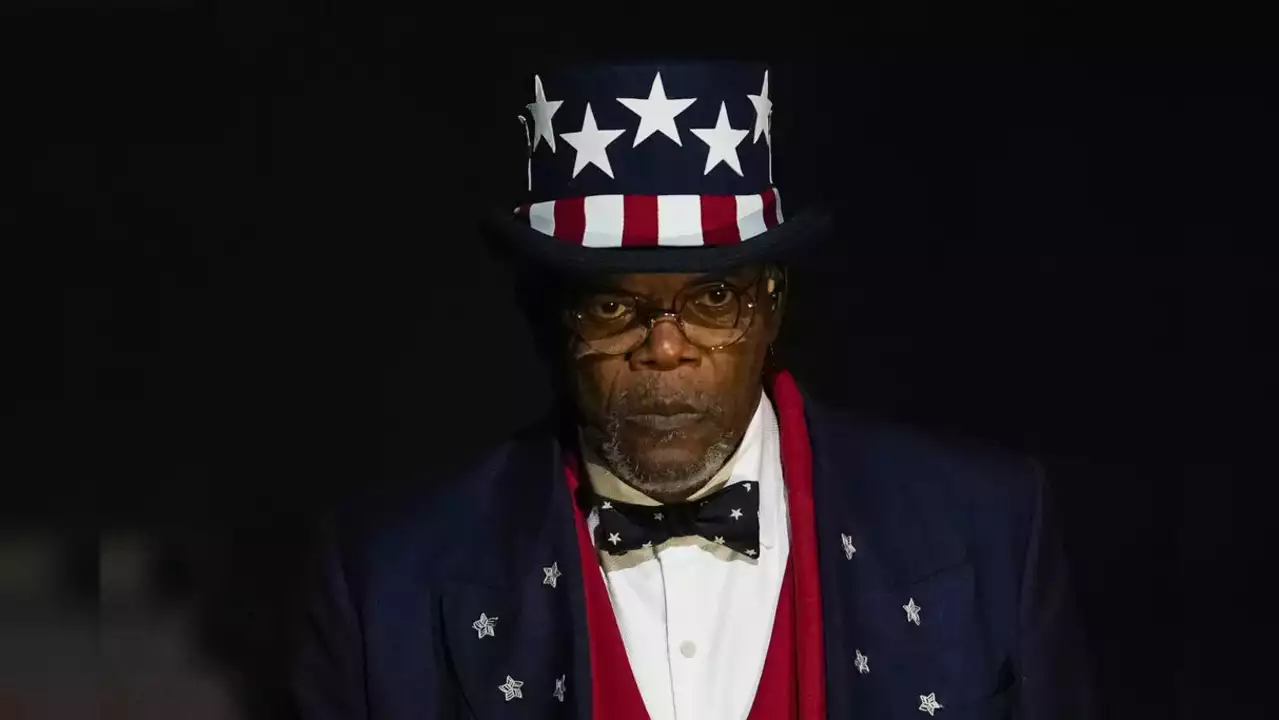
From the opening moments, it was clear that this wasn’t going to be the usual shmaltzy sports marketing halftime show. As the broadcast cut to Samuel L. Jackson—playing a Gotham version of Uncle Sam, draped in red, white, and blue—he announced grandly:
“This is the great American game.”
The camera then shifted to Lamar, crouched in the shadows, muttering the opening lines of an unreleased track—a jarring contrast to Jackson’s pompous declaration. The message was clear: Lamar wasn’t here to conform to expectations. This tension between institutional power and cultural resistance played out throughout the performance. Jackson’s character, returning mid-set, chastised Lamar:
“Too loud, too reckless, too ghetto. Mr. Lamar, do you really know how to play the game?”
While previous artists have strategically selected their most commercial hits to maximize appeal in this sports marketing Olympus, Lamar drew heavily from his latest album, GNX, refusing to dilute his artistic vision. He rapped a cappella verses, performed with bare-bones production, and even included moments that felt deliberately antagonistic to the spectacle-first nature of the event. For a halftime show that has historically been built on nostalgia and mass appeal, Lamar flipped the script, demanding attention, analysis, and engagement.
"Not Like Us" and the Power of Conflict

The biggest question leading into the show was whether Lamar would perform “Not Like Us”, his diss track aimed at Drake—a song that became a viral anthem and won multiple Grammys just a week earlier. The track is a conversation starter beyond hip-hop, tapping into themes of authenticity, ownership, and cultural boundaries.
Midway through the performance, Lamar teased the moment:
“I want to perform their favorite song, but you know they love to sue.”
It was a direct reference to Drake’s lawsuit against Universal Music Group, alleging defamation over Lamar’s attacks. But rather than back down, Lamar leaned in, performing “Not Like Us” in full, turning the stadium into a massive call-and-response moment.
And then came the most unexpected twist—Serena Williams joined Lamar n stage with and Crip-walked. It was a moment layered in meaning:
- Williams, like Lamar, is from Compton. The dancers were dressed in Bloods Red and Crips Blue
- She dated Drake, adding an extra layer of sting to the Emmy-winning diss track. Drake referenced Williams in his 2013 song “Worst Behavior” and again in his 2022 song “Middle of the Ocean,” in which he derided her now-husband Alexis Ohanian as a “groupie.”
- It echoed her celebration on Wimbledon’s Centre Court after defeating Maria Sharapova to win gold at the 2012 Olympics—a sports marketing moment that drew sharp criticism at the time. Some commentators labelled it inappropriate, with Fox Sports’ Jason Whitlock comparing it to “cracking a tasteless, X-rated joke inside a church.”
If there was any doubt that Lamar understood the power of viral sports marketing moments, it was erased in that instant. Within minutes, social media exploded, and the clip became the defining GIF of the night.
This wasn’t just a halftime show—it was a cultural flashpoint, engineered to dominate conversation long after the game ended.
The NFL’s Tightrope Walk

For the NFL, this performance was both a success and a challenge.
On one hand, Lamar delivered exactly what the league wanted: massive engagement, record-breaking viewership, and a performance that transcended sport. The Super Bowl Halftime Show is now one of the NFL’s most valuable marketing assets, drawing in non-traditional football audiences and expanding its global reach.
On the other hand, Lamar’s set underscored the cultural contradictions the NFL continues to navigate:
- The league wants to embrace hip-hop, but only on its terms.
- It markets itself as apolitical, yet relies on performances that inherently carry political weight.
- It sells diversity, yet its biggest corporate stakeholders often resist the realities of cultural change.
Lamar didn’t make it easy for them. His show was neither safe nor sanitised, and in doing so, it reinforced the NFL’s increasingly complex relationship with its audience.
A Cultural Barometer for Sports and Entertainment
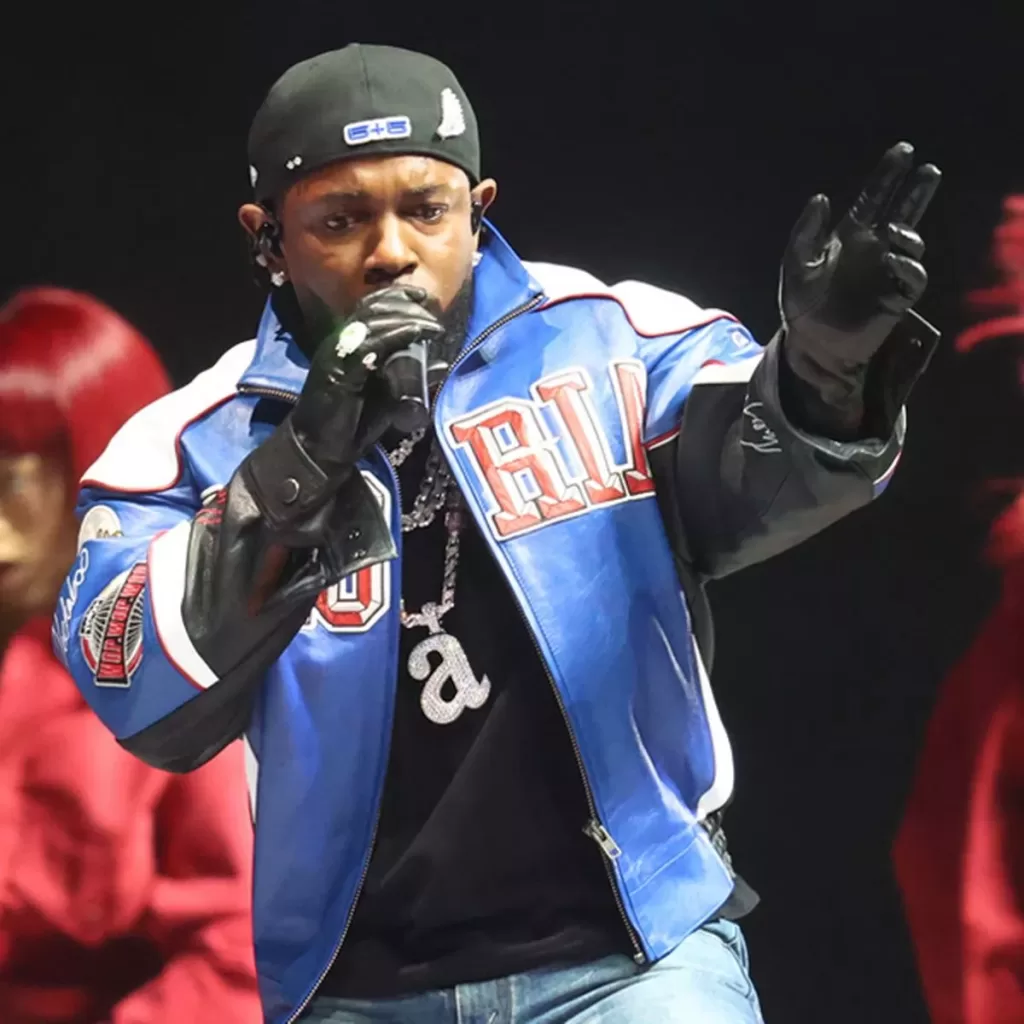
Let’s shift the perspective. Everything is a culture war now. The Super Bowl Halftime Show has never been an afterthought—it has always been a carefully crafted spectacle. But what has changed is its role within the broader cultural and commercial landscape.
Today, the halftime show is a strategic platform where brands, artists, and the league itself negotiate relevance, reach, and influence. The stakes are higher, not just because of bigger sponsorship deals or streaming viewership, but because the NFL is no longer just selling football—it’s selling culture.
Kendrick Lamar’s performance was a reflection of this shift. It was a statement about ownership, artistry, and the power of the moment.
In an era where every major event is scrutinised, where authenticity is as valuable as airtime, and where culture moves at the speed of social media, the Super Bowl Halftime Show is a telescope to where entertainment, sport, and society are headed next.
“
“The revolution ‘bout to be televised. You picked the right time, but the wrong guy.”
Kendrick Lamar
More Sports Culture
Run DMC adidas
The Gamechangers. Learn how Run DMC adidas created an unstoppable $325bn sportswear revolution
Nike’s top designer Collabs
From Travis Scott to Cynthia Lu. From flea market to record breaking innovations to design aesthetics, these are @LivingLab top picks for Nike's top collaborations.
Nike, Athlete power and the Olympics help make Jacquemus fashion’s top breakout brand
Jacquemus has built a brand story that’s nothing short of remarkable. In 2018, they posted €11.8 million in revenue. They are aiming for €500 million by 2025.
Living.knowledge
Living.Lab
Let’s build the future together
Locations
- London
- Dubai
- Milan
- Email us

